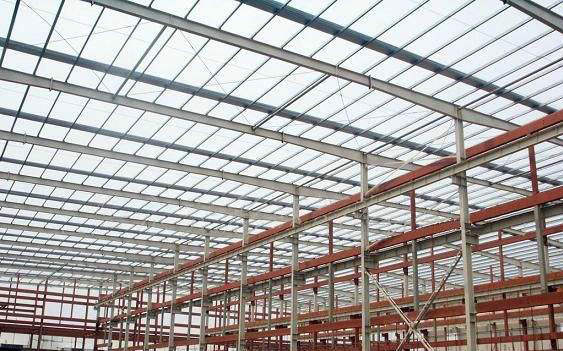Structural system used in steel structure plant design
Steel structure workshops generally require large space due to process layout requirements. The structure usually adopts a frame structure, and frame-shear structure can also be adopted when the number of floors is large and the process conditions permit.
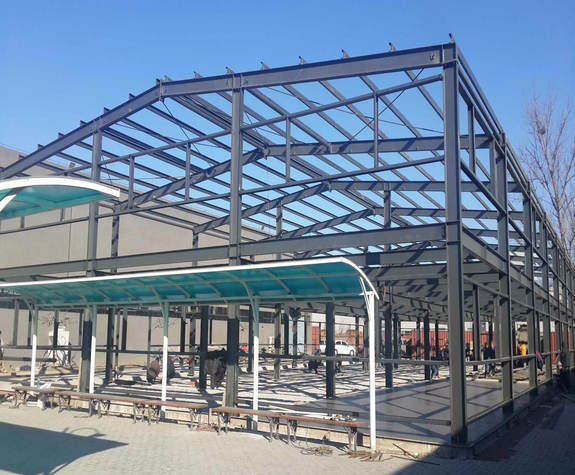
The principle of structural arrangement is: try to make the column network symmetrical and evenly arranged so that the rigidity center of the house is close to the mass center, so as to reduce the space torsion effect of the house. The structural system requires simplicity, rules and clear force transmission. Avoid the concave angle and contraction of stress concentration and sudden deformation, as well as the external picking and inward drawing with excessive vertical changes, and strive to keep the vertical stiffness without sudden or less sudden change. Due to the large span direction of the multi-storey factory building, there are fewer columns; while the column spacing direction is smaller and there are more columns. Generally, horizontal control is adopted, so that the seismic capacity in vertical and horizontal directions is roughly the same, which is not only beneficial to earthquake resistance, but also makes the design more economical and reasonable.
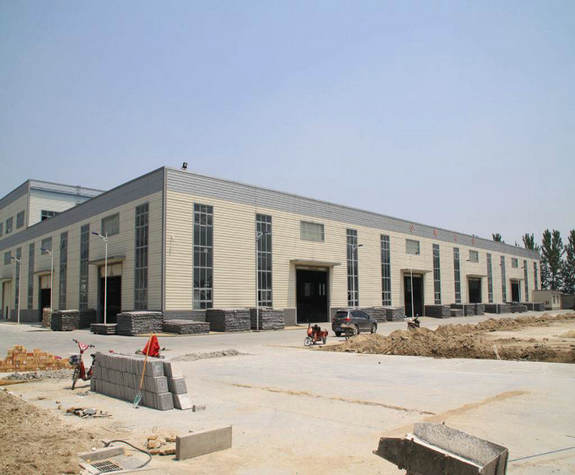
Design site selection of steel structure plant
The site selection of the plant design is very important, because the earthquake zone is avoided as much as possible, the expansion joints of the earthquake zone are integrated. When the house is long, the following structural measures and construction measures should be adopted to reduce the number of expansion joints and seismic joints; construction ,Set up a post-pouring zone of 800mm and a width of 1400mm every 40m, and the location of the post-pouring zone should be located in the section where the structure is least affected by the force; on the top floor, bottom floor, gable wall and the wall between the inner longitudinal walls where the temperature is affected For parts such as the body, appropriately increase the reinforcement ratio; thicken the roof insulation layer or set up an overhead layer to form a ventilated roof.
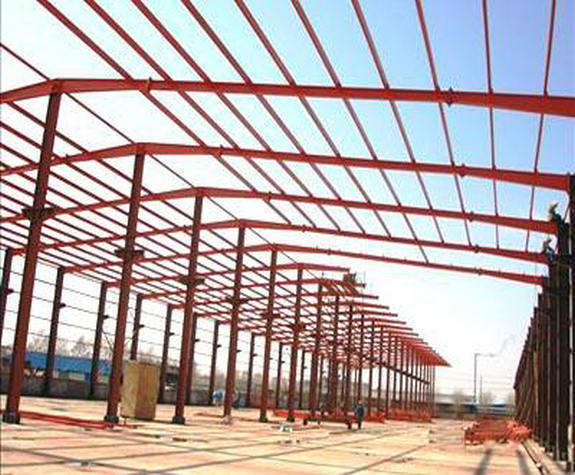
Fire protection design of steel structure plant
The fire protection ability of steel structure industrial plants is very poor. When the steel is heated above 100℃, with the increase of temperature, the tensile strength of the steel decreases and the plasticity increases; when the temperature is about 250℃, the tensile strength of the steel slightly increases , But the plasticity is reduced and blue brittleness appears; when the temperature exceeds 250 ℃, the steel appears to creep; when the temperature reaches 500 ℃, the strength of the steel drops to a very low level, causing the steel structure to collapse. Therefore, the steel structure must be designed for heat insulation and fire protection.
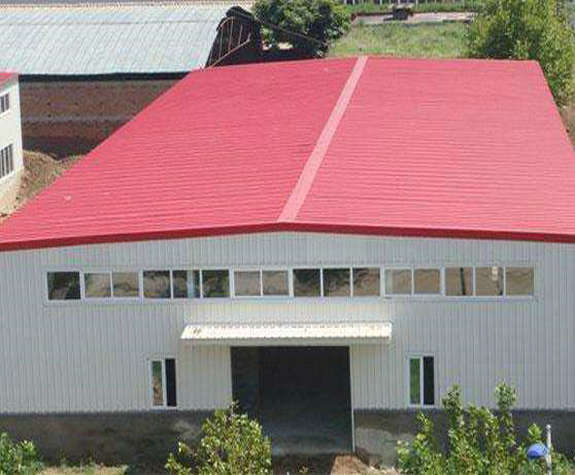
To Correctly define the fire hazard categories of building production, and reasonably determine the fire resistance level of the building. According to the "Code for Fire Protection Design of Buildings", the fire hazards of plant production are divided into five categories: A, B, C, D, and E. If the project is determined to be two Grade II fire resistance rating should be protected by adding fire-resistant coatings in strict accordance with the secondary fire resistance rating, so that the steel components can reach the fire resistance limit requirements of the secondary fire resistance rating.
